1. Petrichor (noun):
The smell of earth after rain. No one knows it better than wilderness canoeists.
2. Twelve months, a dozen countries and a nearly lost art learned in each. It was a dream come true for Cincinnati-native Will Meadows. Last year, 23-year-old Meadows finished a yearlong quest to visit indigenous master canoe builders around the world and learn their traditional techniques.
“Canoes are found across the world. They lie at the intersection of human creativity and place,” he says. “They are vessels for exploration, artistic expression and sustenance.”
Meadows spent this past winter at the end of the world in Tierra del Fuego. The Yaghan culture has lived there for 6,000 years, using beech bark to craft canoes used to hunt seals. For two months Meadows lived with Martin Gonzalez, an elder of the Yaghan and the only man alive with knowledge of how to construct these canoes.
“I had read that the culture of the Yaghan had gone completely extinct,” says Meadows. “Many Argentinians and Chileans talk as if this people no longer exists. My original intent was to resurrect this canoe, but when I got to Chile, I met living descendants of the culture who took me in as family and showed me their passion to regain lost knowledge and rebuild traditions. The Yaghan taught me how resilient traditions are, beyond catastrophes both environmental and social. They showed me as long as there is a person with a bent to learn, there is hope to pass on cultural heritage and sense of place.” Follow Meadow’s journey at humanitysvessel.com.
3. This fall, Esquif Canoes hopes to revolutionize hull materials when the company replaces Royalex in its canoe line with brand new, in-house-made T-Formex. According to owner Jacques Chassé, paddlers can expect the same indestructability and performance of Royalex, with the added benefit that T-Formex is 10 percent lighter and 20 times more abrasion resistant. The material innovation comes just in time—Royalex ceased production earlier this year.
4. Onesies. Whether we’re talking about drysuits or cozy giraffe-inspired sleepwear, we just can’t get enough.
5. Using only non-synthetic, turn-of-the-century equipment, Peter Marshall and Andrew Morris retraced a 600-kilometer historic route through the province of Labrador in July. Their camp kit featured throwbacks like a 30-pound waxed canvas
tent, tin cloth rain gear and a cedar-canvas canoe. “On all long trips, I’ve been equipped with big, Royalex canoes, Gore-Tex, the most lightweight material and top-of-the-line tents. When I read about old times, I can’t help but feel as if I’m cheating,” said Marshall prior to the trip.
Much of the equipment used for Labrador Passage was handmade by local craftspeople. “We realized that we couldn’t go to REI and buy this stuff, so we reached out to people who still make it.”
6. Adam Shoalts rewrote a tiny portion of the map of Canada when he accidently paddled over a waterfall. Last summer he returned to the remote region in Quebec to properly document the seven previously unknown waterfalls he’d discovered.
7. Zipperless gear is showing up in sleeping bags, tents and backpacks. Because the interlocking teeth are often the first point of failure in outdoor gear, companies are touting these new products as durable and hassle-free. Clever manufacturers, such as Sierra Designs, Kelty and Big Agnes, are using roll-top closures, hooks and simple design to create revolutionary new gear that also weighs less.
8. Two-way satellite communicators are game changers for search and rescue operators. Instead of sending out a standard distress signal and GPS info, communicators, such as DeLorme’s new inReach Explorer, allow rescue professionals to text with backcountry paddlers that are injured or lost. They can assess the situation and offer medical advice and assistance if needed. In some cases, SAR has been able to use GPS info and texting to direct lost hikers back to the trail, avoiding costly and potentially dangerous rescue missions.
9. Atikokan paddler, Mike Ranta, hopes to set a world record for the longest solo paddle ever, breaking the 2010 record set by Helen Skelton of the U.K. He set out on his 8,000-kilometer, cross-Canada expedition April 1 and expects to arrive in Cape Breton, Nova Scotia, by mid-September. Strictly speaking, he’s not flying solo—Ranta’s canine wingman, Spitzy, is along for the ride.
10. Living on a quiet British Columbia highway, 25 kilometers south of Golden, Columbia Wetlands Adventures owner Mark Teasedale wanted to do something unique to help advertise his business and draw attention to the wetlands he loves. He does not recall exactly when the idea of building the world’s largest paddle took root, but once Teasedale gets an idea, it usually takes off in a big way.
“I started wondering how big the world’s biggest canoe paddle was,” he explains, “so I started doing some research. I found nothing, so I decided to set the bar pretty high and try to build it as big as possible.”
With a 60-foot cedar pole shaft and blade composed of over 800 laminated veneers, the nearly six-ton paddle prompted the Guinness Book of World Records to create a whole new category. Teasedale is waiting for final confirmation on the record, expected soon after Guinness staffers scour the globe for competition. Dave Quinn
11. After traversing 3,362 kilometers over 158 days in the Amazon rainforest, Aaron Chervenak and Gareth Jones of the multi-year Brazil 9000 expedition said goodbye to their trusty folding canoe. They’re continuing their world-first, human-powered, north-to-south foot and bike journey through Brazil for another 5,500 kilometers (brazil9000.com).
12. Crowdsourcing is changing the way expeditions and innovations get funded, allowing today’s explorers to take their passion directly to the people. Kickstarter and IndieGoGo campaigns have contributed to recent paddling expeditions such as Nobody’s River (an all-women, source-to-sea journey on Russia’s Amur River—$32,295) and this year’s Labrador Passage (historic route retracing—$5,890). In January, startup Torch Paddles received the $35,000 needed to fund their dream of creating SUP and canoe paddles that self-illuminate—expect to see them lighting up shelves later this year (torchpaddles.com).
13. Production is still in the works, but the Canoeroots team is already excited about Canoe: Icon Of The North. This beautifully filmed documentary explores the canoe’s significance in modern culture, with cameos from the who’s-who of the canoeing world, including Kevin Callan, Becky Mason and Ted Moores (canoemovie.com).
14. The 2014 Reel Paddling Film Festival is touring 25 films in more than 100 venues around the world.
15. This year’s Wooden Canoe Heritage Association’s annual assembly showcased wood canoes from more than 20 modern-day builders, instead of the usual 100-year-old classics. “Just as we all get excited today about the old B.N. Morris, J.H. Rushton or Dan Herald, some day, canoe enthusiasts will get equally excited about the canoes our builders are making now,” said association president Ken Kelly (wcha.org).
16. Why should you care about the Peel River Watershed? Not only is it one of North America’s last remaining intact ecosystems, it’s also a canoeist’s paradise, home of the Wind, Peel and Snake rivers. In February it was opened to mining, gas and oil exploration, putting its delicate environment at risk.
17. The textile and tannery industry is responsible for 20 percent of industrial freshwater waste, according to shocking new documentary RiverBlue. “It’s way more than we were expecting and it’s flown pretty much under the radar and been underreported,” says Mark Angelo. The avid paddler and conservationist has traveled to 1,000 rivers in 100 countries and is the founder of World Rivers Day (September 28), recognized in 70 countries around the world. “Paddlers understand how everything is interconnected,” Angelo adds; “I’m fearful of what lies ahead.”
18. Thanks to trailblazers like Team River Runner and Heroes on the Water, rehabilitation for wounded veterans is increasingly involving nature retreats and paddling. Last fall Navy vet, Lonnie Bedwell, made history by becoming the first completely blind solo kayaker to paddle the entire length of the Grand Canyon (teamriverrunner.org).
19. A skilled crew of navigators set out in May to sail 47,000 miles of open ocean in a pair of Polynesian voyaging canoes using ancient way-finding techniques, including observing stars, wind and birds. Sailing in the wake of their ancestors, they’ll visit 26 countries over the next three years on a mission to create a sustainable future (hokulea.com).
20. The Canadian Canoe Museum may be relocating to the Peterborough Lift Lock National Historic Site. The new site would provide water access, solidifying the museum, as well as the town of Peterborough, as a national shrine for canoes.
21. The phrase home away from home gets new meaning with First Ascent’s Katabatic expedition tent, a tent that charges your devices. This yet-to-be-released dream-come-true for power-hungry outdoor nerds comes courtesy of an Eddie Bauer and Goal Zero team-up for a price upwards of $800.
22. Expedition racing’s newest annual slogfest is also the toughest—the Muskoka River X is the longest single day expedition paddling race in the world. Canoes, kayaks and a few lonely SUPs traverse 125 kilometers in 24 hours for glory and gloating privileges. Navigating portages, rapids, waterfalls, chutes and gravel bars with only maps and compasses are necessary skills; all the better if you can do them in the dark, without sleep (muskokariverx.com).
23. To prepare for a two-and-a-half-year canoeing journey through North America, Pierre Pepin and Jennifer Gosselin sold their possessions and quit their jobs. They set out on June 6 with pooch, Jasmine, on what they’re calling the Nor-Am Odyssey. “We’re not interested in breaking any speed records,” says Pepin. “That’s been done before. We want to make a connection with people, to encourage them to get involved with the natural world and live simpler lifestyles.” (wildravenadventure.com).
24. Now you can watch Bill Mason’s classic films on demand. Stream Mason’s adventures and teachings in breathtaking scenery through the long winter and from the comfort of your couch. While you’re there, check out the spring folk anthem, “The Black Fly Song” (nfb.ca).
25. Two Brits, James Warner Smith and Nathan Wilkins, had the goal of becoming the first to cross the European continent by connecting waterways and without portaging. After five months spent paddling 5,000 kilometers, from France east to Istanbul, they were stopped by November gales on the Black Sea. Forced to abandon their canoe but determined to finish, they took to the remaining 370 kilometers on foot, schlepping dry bags with paddles in hand. Ten days later, and 146 days after starting out, the pair limped through Istanbul’s city walls: “The first thing we did was have a kebob—in fact, we had four,” says Warner Smith.
26. Our favorite reason why: For the hell of it.
27. Always wanted to sleep in a giant slice of watermelon or show your love of the written word by peering out from between the pages of a gigantic paperback? FieldCandy’s innovative tent flys feature bold patterns and daring scenes, ensuring you’ll never confuse your tent with another camper’s again (fieldcandy.com).
28. Or, say goodbye to tradition entirely and take your camping experience to new heights—TREEPEE offers tents suspended high above the ground (treepee.com).
29. Jim Coffey made open boat history after hucking a 60-foot drop on the Alseseca River in Mexico, breaking a 20-year-old record. Four months later, Brad McMillan upped the ante by launching his canoe off 70-foot DeSoto Falls in Alabama.
30. Why be put into a box when you can go out in a handcrafted cedar-strip canoe? Phoenix Boatworks offers unique canoe caskets for your final voyage. The best part? With a few shelves, the casket doubles as a bookshelf in the meantime (phoenixboatworks.com).
31. Nick Offerman.
32. We’re not quite sure what Spirit Canoe is—art house flick or music video?—but we sure loved watching this wood canoe float through dreamy landscapes. We’re even less certain about the main character—a nostalgic paddler who chooses to clothe himself in cotton, forgo a PFD and weild a paper map while carrying on through a storm.
33. Better quality recording, ever-evolving mounting systems and quality waterproofing mean that you can record your paddling adventures like never before. The smallest action cam of all is Polaroid’s C3. Just a 35-millimeter cube, it’s super tiny size could mean capturing angles never before seen.
34. With the retelling of survival stories bravado often comes to overshadow misery. Not so for Marco Lavoie who set out on July 16 on a two-month canoe trip up the remote Nottaway River. Halfway through his trip, his site was ravaged by a bear and it became a survival mission to get out alive. When an injury later demobilized him, it was reported that he made the heartbreaking decision to kill and eat his German shepherd. Rescuers spotted his canoe and airlifted him out on October 30. He’d lost 90 pounds and doctors said he was in critical condition.
34. It’s not just BioLite stoves and solar chargers that are revolutionizing power in the backcountry. Swedish product myFC PowerTrekk is a portable charger that generates electricity from water; perfect for canoeists. Add water and a myFC puck to create an electricity-generating hydrogen conversion process. Paddlers can then plug in and charge a phone, camera or other device. According to the manufacturer, a puck lasts three hours and charges a device at the same rate as a wall outlet.
36. Skinny dipping. See number 26.
37. Celebrating its eleventh year, the Wabakimi Project (wabakimi.org) isn’t the only grassroots project to explore, document and clear traditional portage trails in wilderness areas, but it’s certainly the largest. Local enthusiast groups, such as the Friends of Temagami have also taken to diy trail clearing to keep local canoe routes accessible.
38. The Canoeroots team started noticing the trend last year, now it seems like everyone—paddlers or not—are having canoe weddings. “Incorporating the canoe into the wedding is part of a larger trend to get weddings out of the city, off of the golf course and outside the banquet hall,” says Toronto-based wedding photographer Mike Last. “Working together in the bow and the stern and keeping pace with each other, while keeping the boat on the right path and upright, is a perfect metaphor for any marriage.”
39. If you’re of the plaid and Carhartt wearing sect, you may have recently been mistaken for a hipster. Don’t panic. Current fashion is fond of the several-days-in-the-bush look, as well as Mason jars, beards and—we’re not quite sure why—lumberjacks. Just enjoy your time in vogue while it lasts.
40. Scientists are one step closer to fighting back against the world’s deadliest animal. Worldwide, mosquitoes kill 725,000 people each year. In 2014 an international team of scientists began a pilot project to reengineer mosquito genetics so only males can survive. Without females (the biters) mosquito-spread illnesses, including malaria, dengue fever, recently discovered in Florida and the West Nile Virus, now found across North America, will lose their most productive host.
41. From corporate responsibility to corporate activism, Patagonia crosses the line in this summer’s doc DamNation and we love the result.
42. We’re excited about canoeing gear from RuffWear—new adventure beds, PFDs and doggie backpacks mean that outdoor adventure has never been more comfortable or safer for our four-legged friends (ruffwear.com).
43. Tip of the hat to author and life-long environmentalist Farley Mowat, who passed away in May at the age of 92. His books, including Never Cry Wolf, People of the Deer and Owls in the Family, were a source of inspiration for many adventurers exploring northern rivers by canoe.
44. With wifi coming to campgrounds in select parks across North America, there’s no place your boss can’t reach you. While we love the idea of connectivity making the outdoors more accessible to everyone, we worry about campers connecting with Facebook instead of nature.
45. Handstands, gunwale bobbing and back flips off the bow—canoe tricks are great fun. But hands down, the best we’ve seen is the fontaine flop rescue maneuver.
46. Find a rocky outcrop on a lake and watch a celestial show when the Perseids meteor shower peaks in the wee hours of August 13. Then check out a double bill on the night of October 8 when a total lunar eclipse and the Draconids meteor shower coincide.
47. At 42 feet long and 59 inches wide, these two war canoes are the largest wood-canvas canoes in the world. Made by the Peterborough Canoe Company in 1926, they seat 30 and are still used in Taylor Statten Camp’s programs today.
48. The tripping barrel celebrates roughly 30 years of service after being popularized by a group of Ottawa canoeists who first experimented with olive barrels on northern rivers in the mid-80s.
49. If you’ve ever done a fly-in canoe trip, chances are you were riding sky-high in a de Havilland Beaver. Though this airborne workhorse has been out of production for 37 years, hundreds are still in the air and the Beaver is widely regarded as one of the best bush planes ever.
50. First timers. “It’s like we’re on a real adventure.”
 This article first appeared in the Summer/Fall 2014 issue of Canoeroots Magazine.
This article first appeared in the Summer/Fall 2014 issue of Canoeroots Magazine.
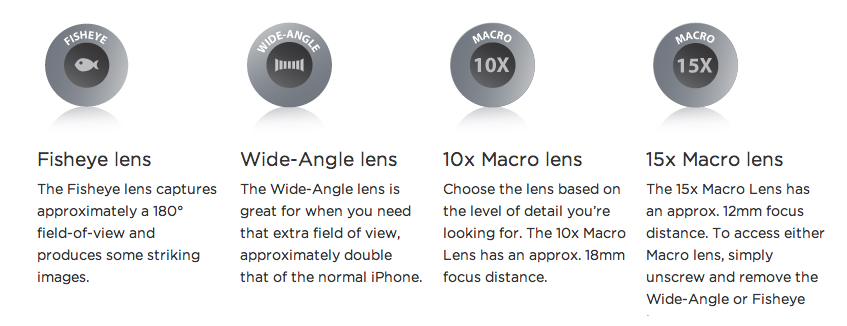
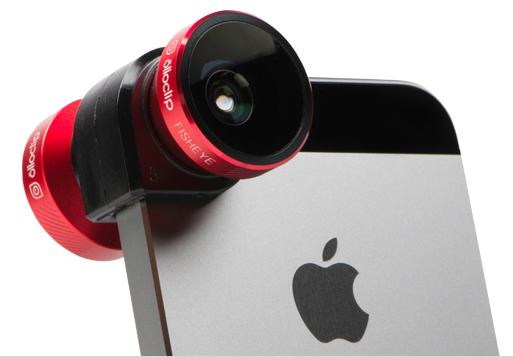
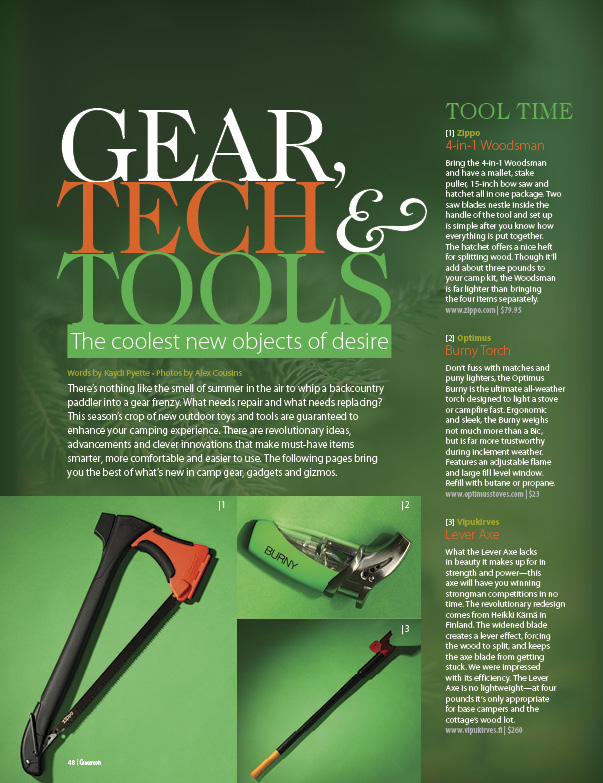 Get the full article in the digital edition of Canoeroots and Family Camping, Early Summer 2014, on our free iPad/iPhone/iPod Touch App or Android App or read it on your desktop here.
Get the full article in the digital edition of Canoeroots and Family Camping, Early Summer 2014, on our free iPad/iPhone/iPod Touch App or Android App or read it on your desktop here.




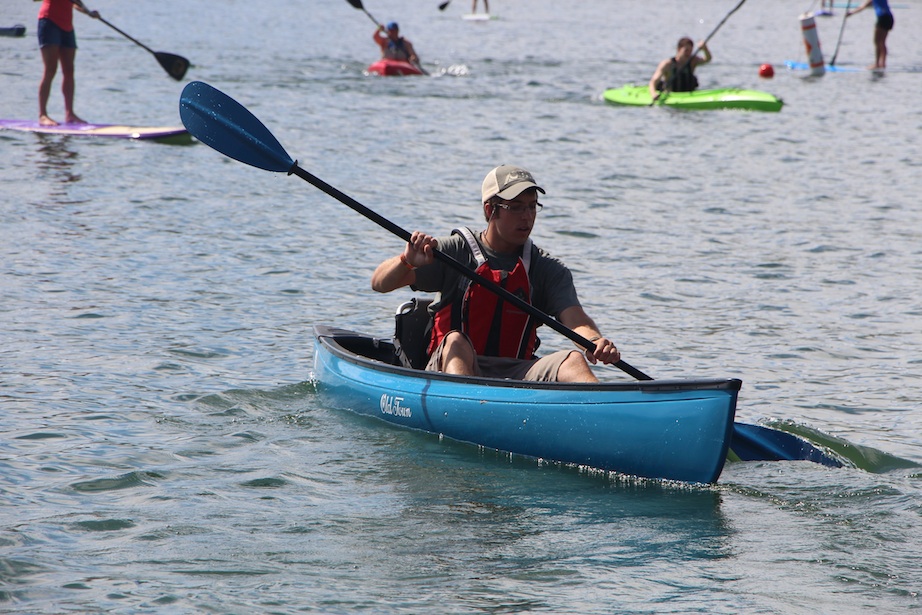
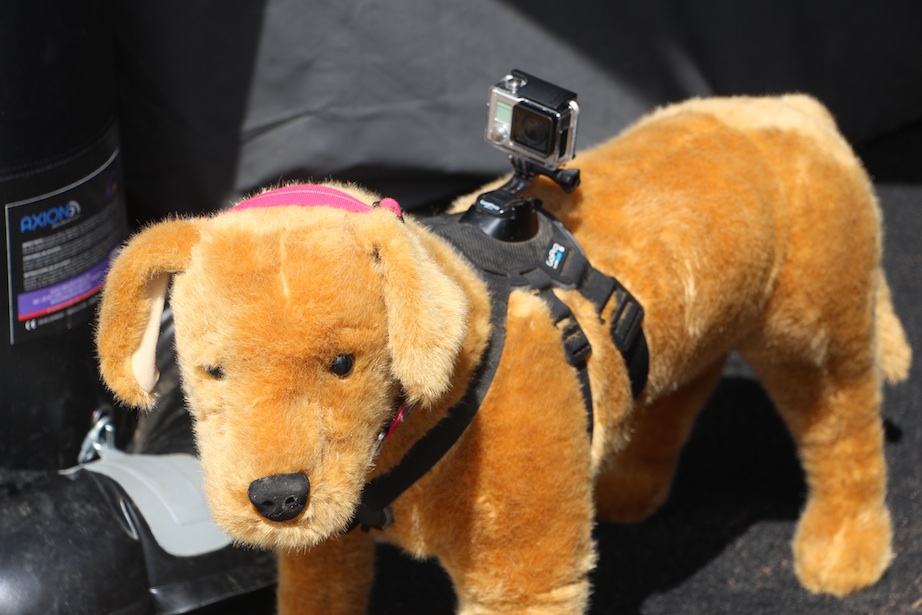


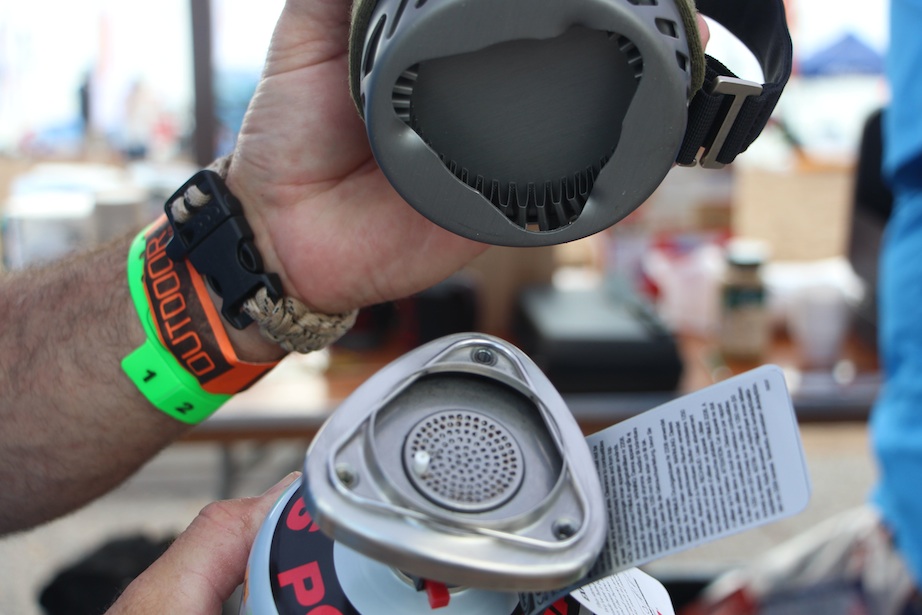




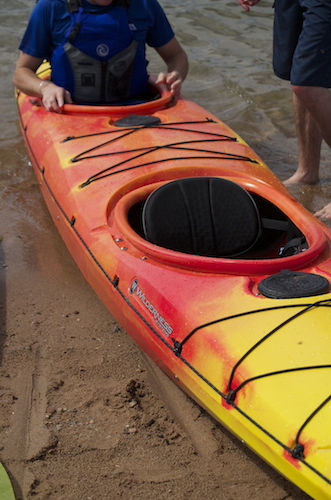









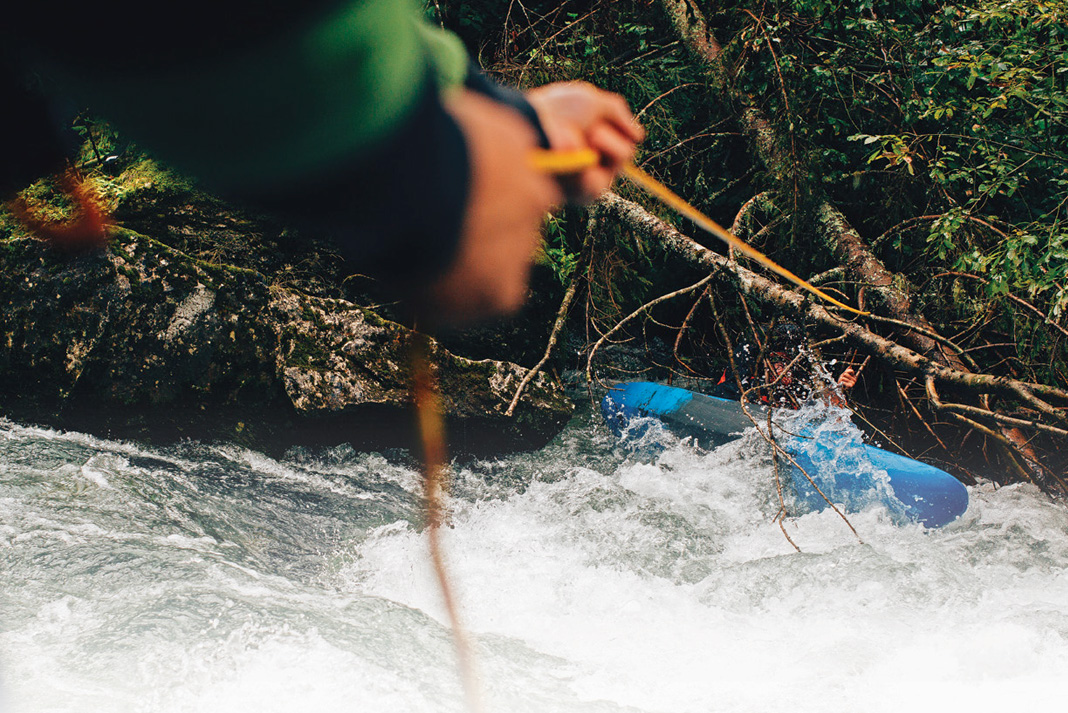
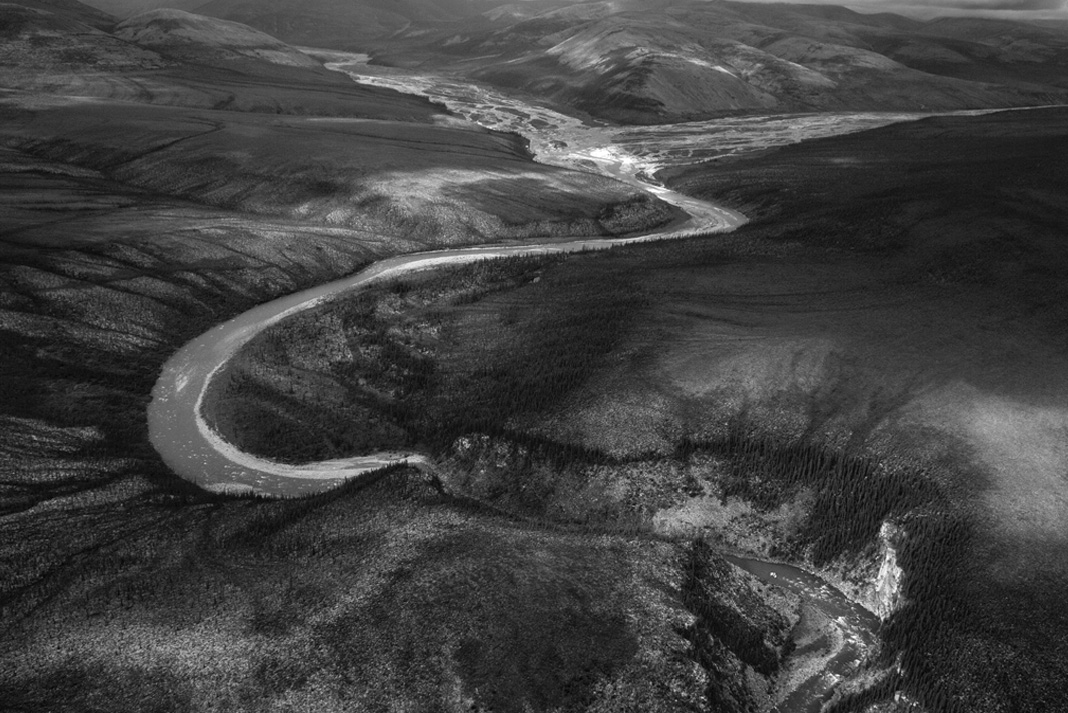
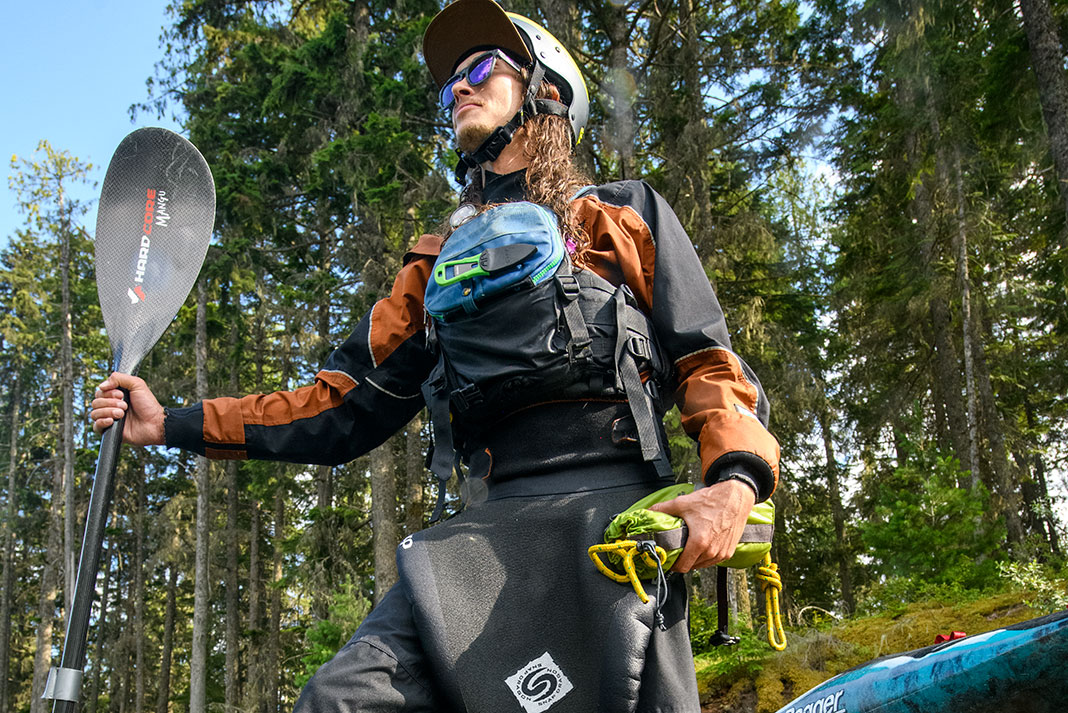
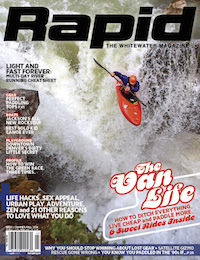 This article was first published in the Summer/Fall 2014 issue of Rapid Magazine.
This article was first published in the Summer/Fall 2014 issue of Rapid Magazine. 
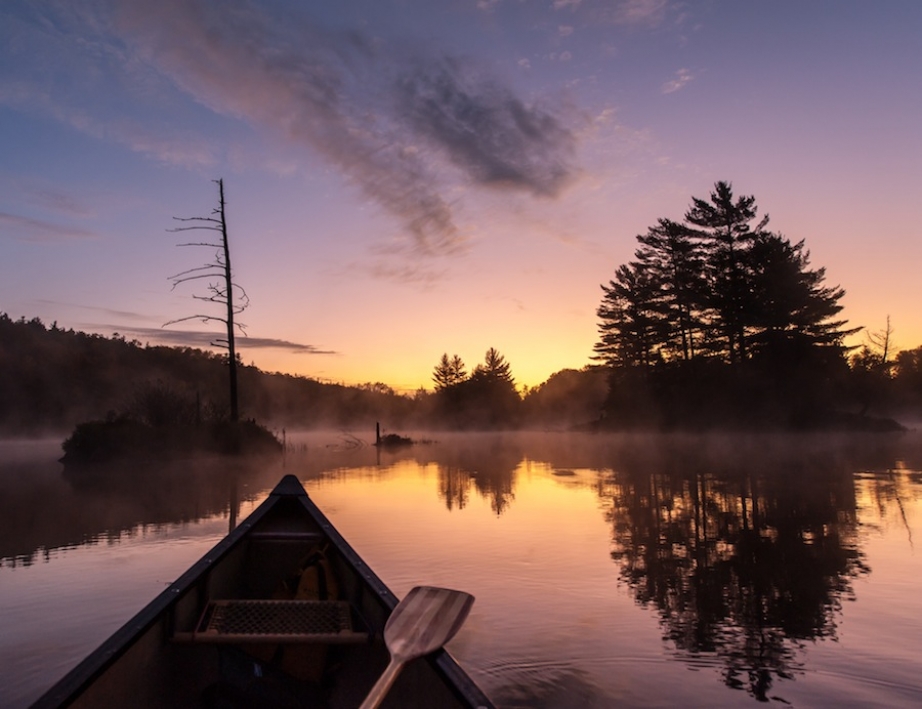
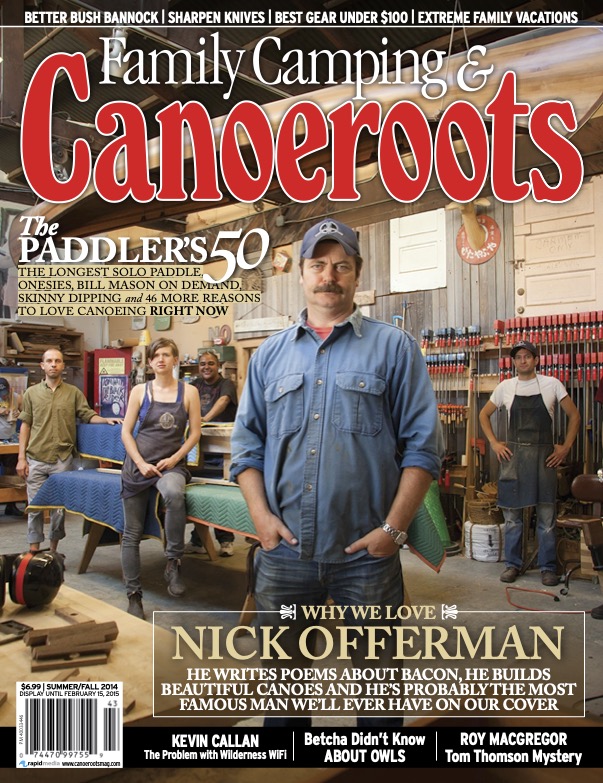 Get the full article in the digital edition of Canoeroots and Family Camping, Summer/Fall 2014.
Get the full article in the digital edition of Canoeroots and Family Camping, Summer/Fall 2014.
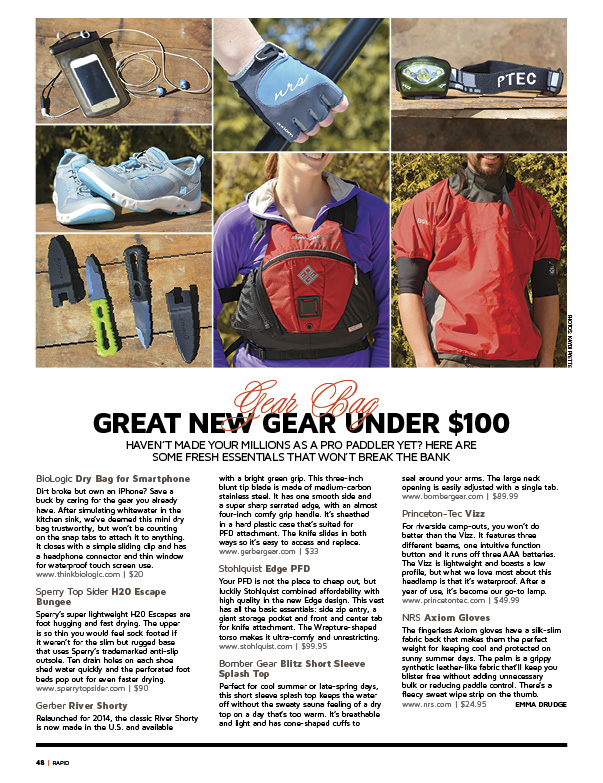

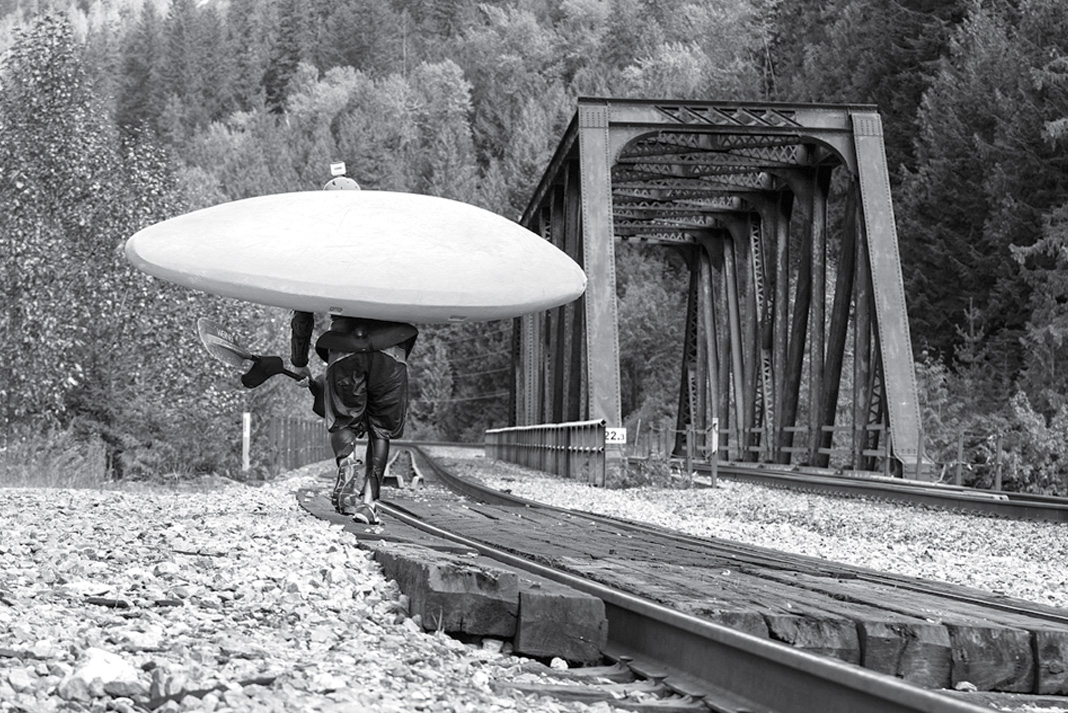
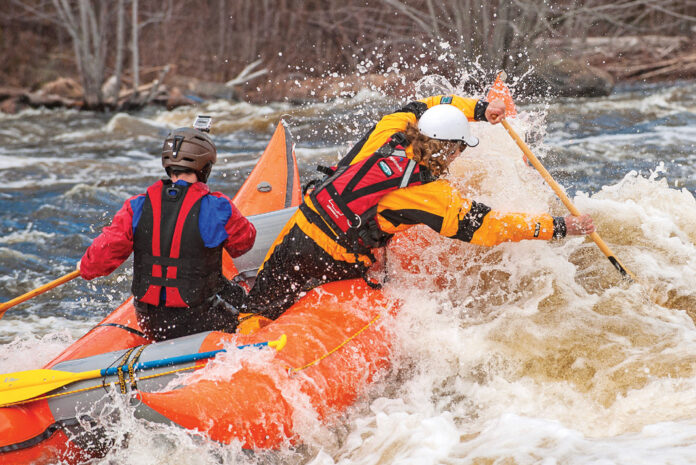


 This article first appeared in the Summer/Fall 2014 issue of Canoeroots Magazine.
This article first appeared in the Summer/Fall 2014 issue of Canoeroots Magazine.